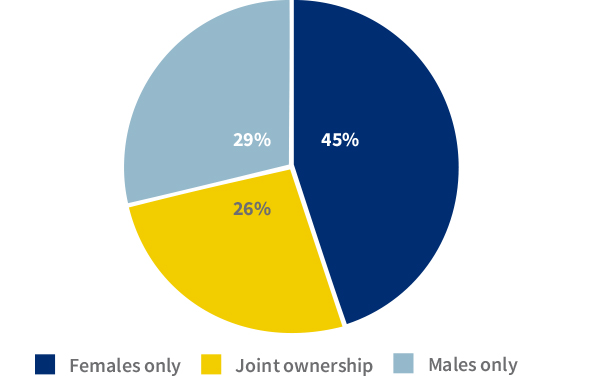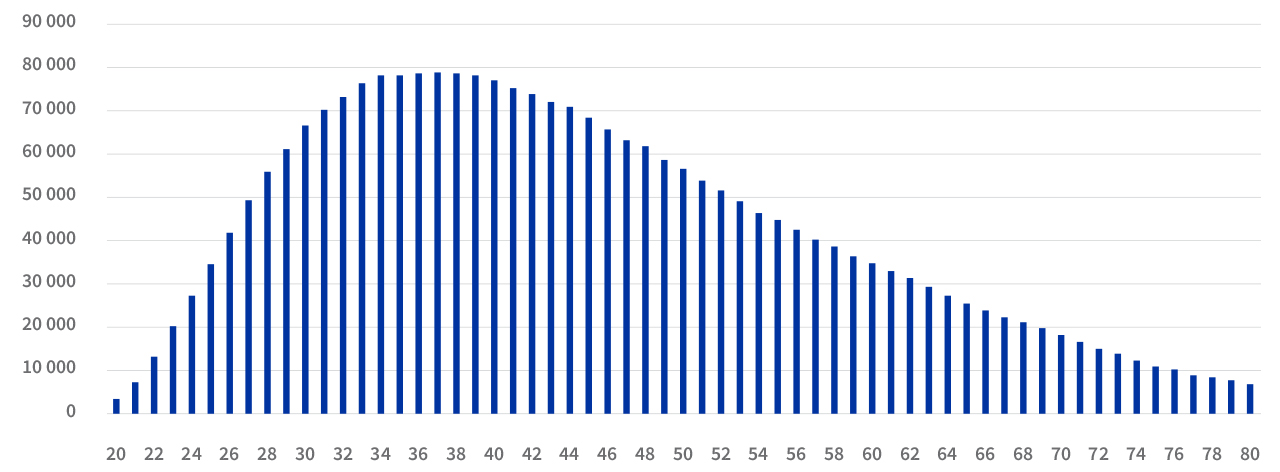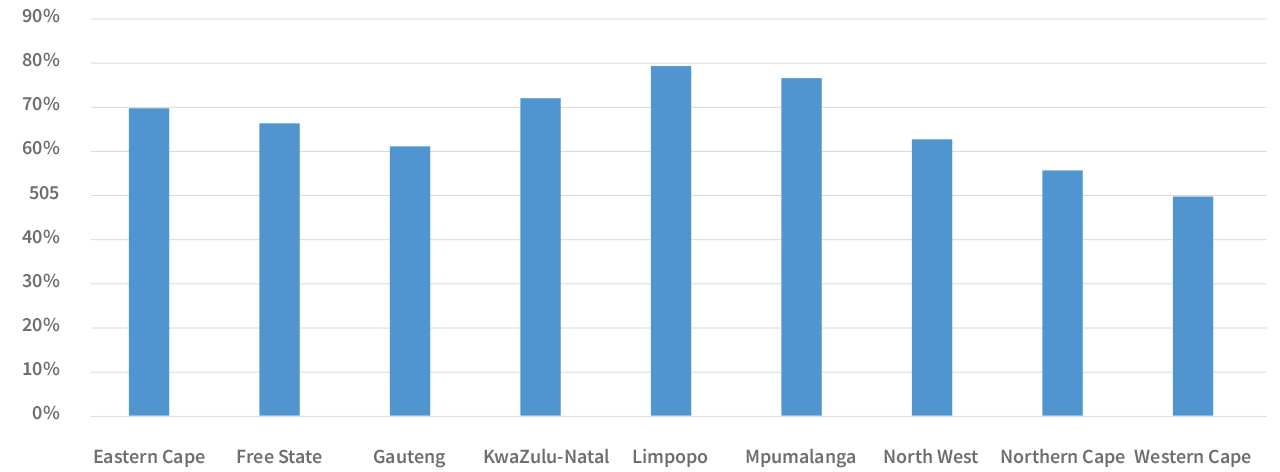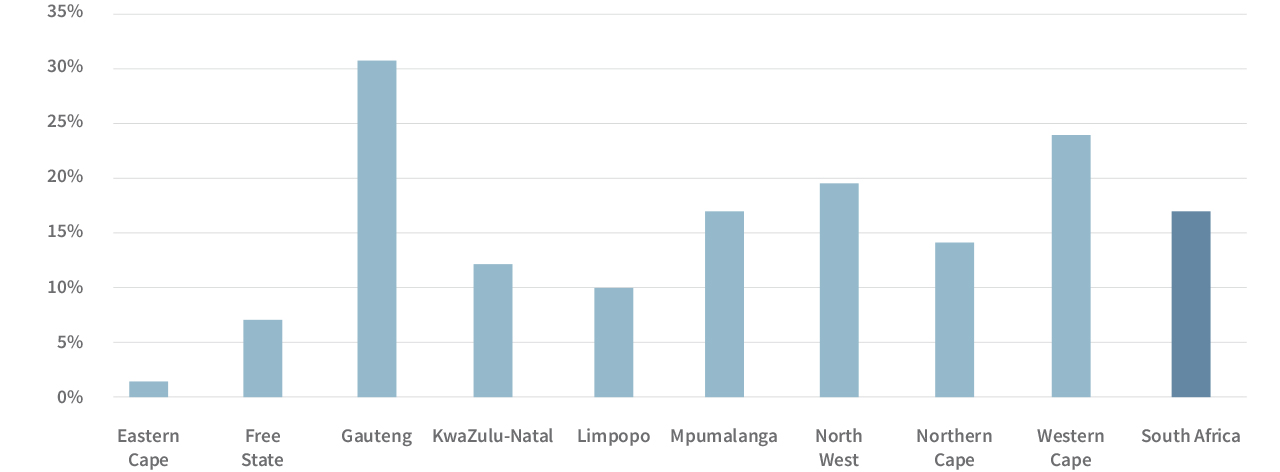Property Newsletter | August 2023
Celebrating Women Homeowners, courtesy of government subsidies
More than 1.6 million women have benefited from government housing subsidies since the mid-nineties when the scheme was first implemented.
Our numbers are based on Lightstone’s derived indicator of government subsidised housing, which include what was previously known as RDP housing, but are now referred to by the Department of Human Settlements as “Breaking New Ground” or BNG houses.
Government subsidies for RDP/BNG houses are awarded to South African citizens over 21 who earn less than R3 500 a month and are first-time government subsidy recipients and first-time homeowners.
Of the 1.65 million women recipients, 1 055 000 were single ownership recipients while 600 000 women owned homes jointly with others. In fact, single women make up 45% of subsidy recipients, while men make up just 29% and 26% are owned jointly.
The vast majority – 930 000 or 88% – of women single owners still own their properties, a higher ratio than couples (85%) and single male recipients (83%).
Ownership of government subsidised houses

Some 90 000 of the women single owners sold their properties for an average price of R130 000, while the balance transferred the properties to someone else at no cost.
Most women received their property aged between 30-40, although as the graph below indicates women as young as 20 and as old as 80 are becoming homeowners for the first time.
Women’s age at time of first time home purchase

Unsurprisingly, the proportion of single women who have received government subsidies is highest in provinces such as Limpopo, Free State and KwaZulu-Natal, where the proportion of women to men is highest. The second graph – Population growth 2011-2022, published by Lightstone earlier this year – shows the population growth in each of the provinces. Those lagging behind the 17% average are typically those with a higher proportion of job seekers moving to the more economically attractive provinces such as Gauteng, Western Cape and North West Province.
Single women as proportion of government subsidy recipients

Population growth 2011-2022

**According to GroundUp, a South African-based non-profit news agency, allocation of government-built houses is complex and there are many municipal and provincial systems at play. Broadly speaking, other than RDP/BNG housing (BNG houses are intended to be larger than RDP houses), other forms of subsidised accommodation include:
- Community Residential Units: aimed at households earning less than R3 500 per month, and for rent, not sale
- Upgrading of Informal Settlements Programme: provides running water, sanitation, electricity and roads to informal settlements, but not necessarily houses
- Emergency Housing Programme
- Finance Linked Individual Subsidy Programme (FLISP): is one example of a state-driven housing initiative for those earning more than R3 500 but less than R22 000 per month (which is the minimum amount needed to qualify for a home loan from a bank)
- Social Housing Programme: is mainly (but not only) for households earning between R3 500 and R7 500 per month.

.png)
.png)
.png)
.png)